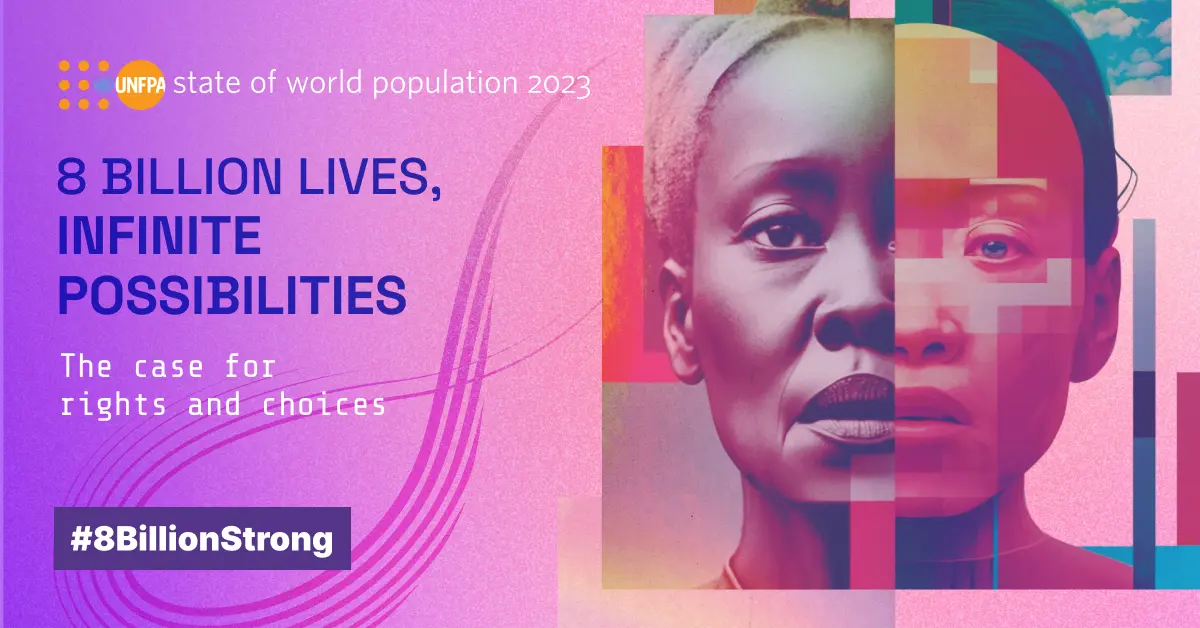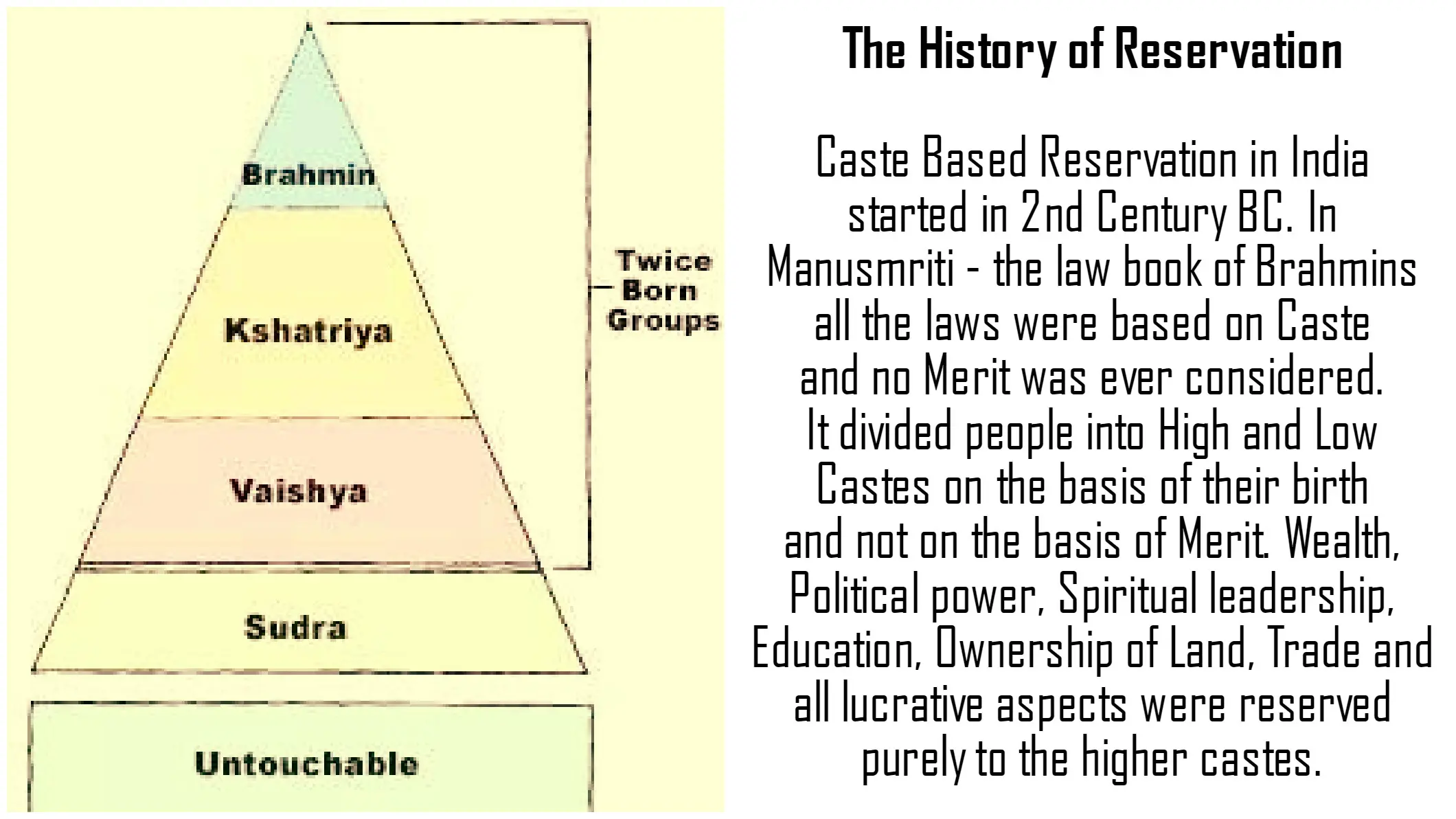UN population report: Key takeaways for India and the world
Ancient and Medieval History
Art and Culture
Modern History
Post Independence History
World History
Indian Society
Physical Geography
Indian Geography
World Geography
Indian Polity
Governance
Social Justice
International Relations
Economics and Economic Development
Science and Technology
Environment and Biodiversity
Disaster Management
Internal Security
Ethics, Integrity and Aptitude
Ethics Case Studies
Essay
Government Scheme
Daily Updates
Explained-How Did The Treaty On The High Seas Come Through

2023-03-09
01:39 am
379 Views
A draft international agreement known as the UN High Seas Treaty was finalized on March 4. It aims to govern conduct of governments in the 'open seas', which make up most of the world's oceans beyond any country's jurisdiction. Once ratified, it will become legally binding, and it is considered a victory for global efforts to preserve ocean health. The treaty, also known as the 'Paris Agreement for the Ocean', has been in discussion for years, and negotiations began in 2004.

The High Seas
- The high seas, which are areas of oceans beyond countries' national waters (over200 nautical miles), constitute the largest habitat on Earth and house millions of species.
- The high seas are parts of the ocean that are not included in a country's territorial or internal waters, according to the 1958 Geneva Convention on the High Seas.
Importance of High Seas
- Cover more than 60% of the world’s ocean area and around half of the Earth’s surface.
- Home to around 2.7 lakh known species and provide a wealth of resources and services.
- Regulate the climate by absorbing carbon and storing solar radiation, and provide air purification, climate regulation, and aesthetic, scientific, and cultural services.
Need of the High Seas Treaty
- The high seas are under threat due to anthropogenic pressures, such as seabed mining, noise pollution, chemical spills, and overfishing.
- Several thousand marine species are at risk of extinction by 2100 if current warming and acidification trends continue.
- The high seas are one of the least-protected areas, with only about 1% of it under protection despite covering more than 60% of the world’s ocean area.
- Due to global concerns over climate change and warming oceans, a legally binding instrument was needed to protect oceans and marine life.
High seas governance
- In 1982, United Nations Convention on the Law of the Sea (UNCLOS), an international treaty, was adopted to govern oceans and the use of its resources.
- The Convention has created three new institutions on the international scene –
- The International Tribunal for the Law of the Sea
- The International Seabed Authority
- The Commission on the Limits of the Continental Shelf
- But there was no legal framework to protect the high seas.
- Therefore, in 2015, the UNGA decided to develop a legal instrument within the framework of UNCLOS, which led to the Intergovernmental Conference (IGC) being convened to frame a legal instrument on marine biodiversity in areas beyond national jurisdiction (BBNJ).
- The High Ambition Coalition on BBNJ was launched to finalize the agreement last year.
- In addition, countries agreed to protect 30% of oceans by 2030 at COP15 as part of the '30 x 30 pledge' made by the Kunming-Montreal Global Biodiversity Framework (GBF) in December.
- Further, IGC negotiations resumed on February 20, and a binding document was finally agreed upon by member states after two weeks on March 4.
What draft treaty says?
- The proposed 'High Seas Treaty' draft agreement aims to address biodiversity loss, protect oceans beyond national borders, and ensure sustainable use of marine resources.
- The treaty aims to designate and manage 30% of the world's oceansas protected areas, increase funding for marine conservation, and regulate access to and use of marine genetic resources.
- A marine protected area (MPA) is defined as a “geographically defined marine area that is designated and managed to achieve specific long-term biodiversity conservation objectives and may allow, where appropriate, sustainable use provided it is consistent with the conservation objectives.”
Key features
- Developing countries' access to benefits from the commercialisation of ocean resources, particularly genetic resources, was a contentious issue during negotiations. The treaty establishes an access and benefit-sharing committee to establish guidelines. It also emphasizes that marine genetic resource activities in high seas areas should benefit all statesand humanity and be carried out exclusively for peaceful purposes.
- Signatories must conduct environmental impact assessments before exploiting marine resources. This includes screening, scoping, impact assessment of the affected marine environment, prevention and management of potential adverse effects, public consultation, and an environmental management plan.
- The draft stipulates that marine resources in areas beyond national jurisdiction held by indigenous peoples and local communities can only be accessed with their free, prior, and informed consent or approval and involvement.
- No state can claim its right over marine genetic resources beyond national jurisdiction.
- Signatories must provide details on research objectives, geographical area of collection, and sponsors to the clearing-house mechanism (CHM) established by the treaty.
- A special fund will be established to provide funding to help developing countries implement the treaty. The conference of parties formed as part of the pact will oversee the functioning of the treaty.
















Comments
Login To Comment
Recent Comments